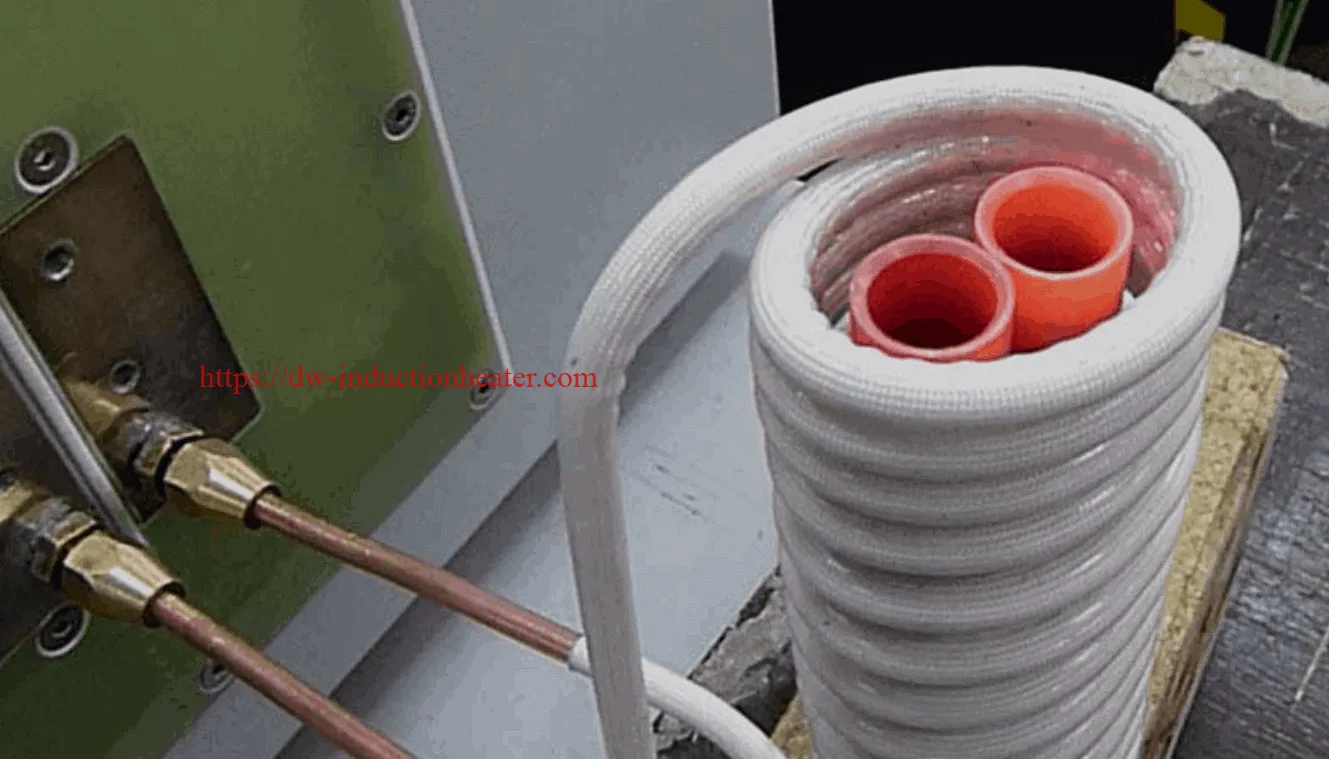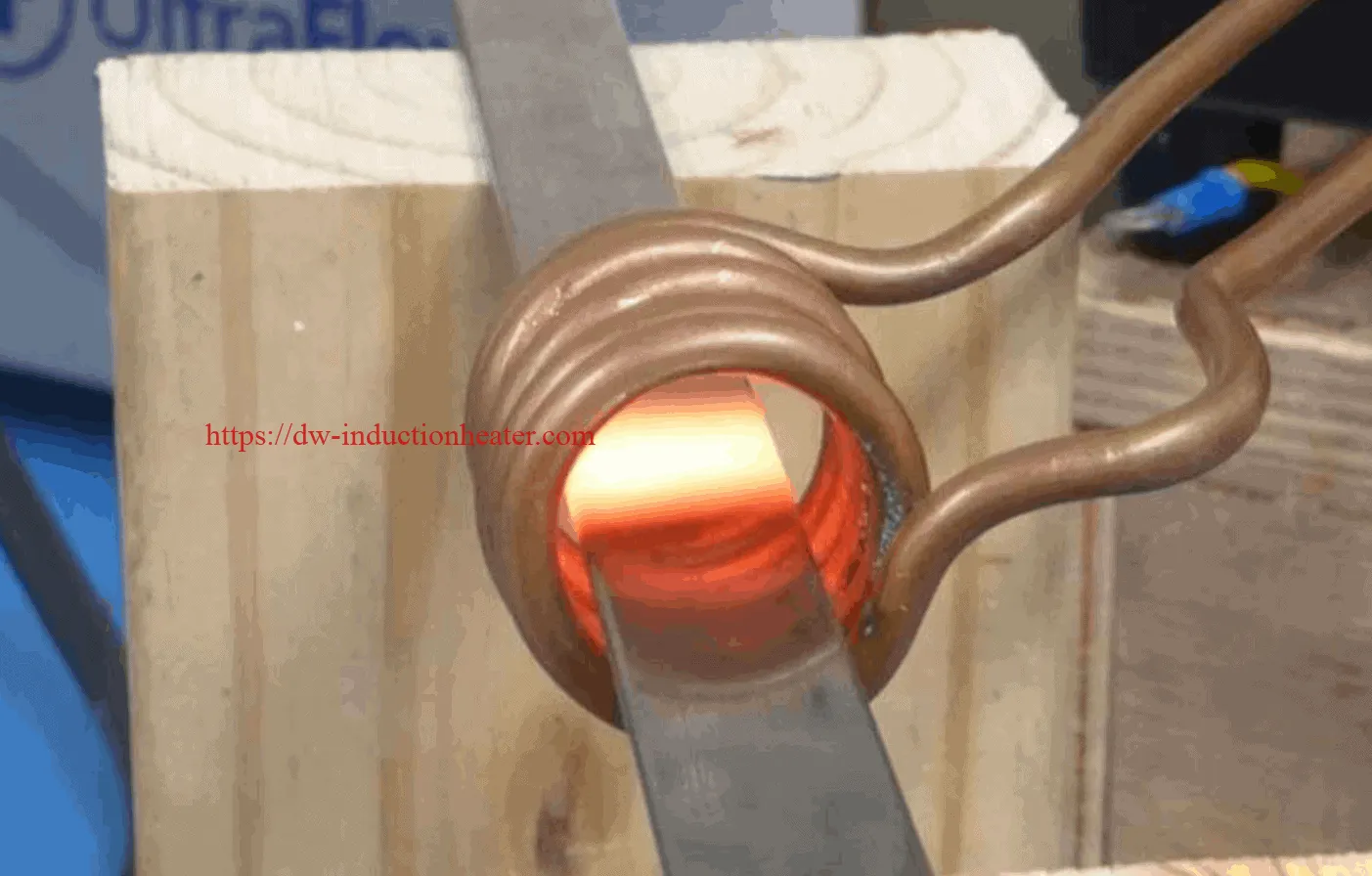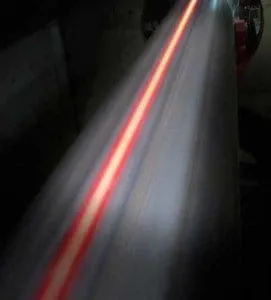What is induction annealing?
This process heats metals that have already undergone significant processing. Induction annealing reduces hardness, improves ductility and relieves internal stresses. Full-body annealing is a process where the complete workpiece is annealed. With seam annealing (more accurately known as seam normalizing), only the heat-affected zone produced by the welding process is treated.
What are the benefits?
Induction annealing and normalizing delivers fast, reliable and localized heat, precise temperature control, and easy in-line integration. Induction treats individual workpieces to exact specifications, with control systems continuously monitoring and recording the entire process.
Where is it used?
Induction annealing and normalizing is widely used in the tube and pipe industry. It also anneals wire, steel strips, knife blades and copper tubing. In fact, induction is ideal for virtually any annealing task.
What equipment is available?
Each DAWEI Induction annealing system is built to satisfy specific requirements. At the heart of each system is
an DAWEI Induction Heating generator that features automatic load matching and a constant power factor at all power levels. Most of our delivered systems also feature custom-built handling and control solutions.
Induction Annealing Brass Bullet Shells
Induction Annealing Brass Bullet Shells Heating Treatment UHF Series With Induction Heating System Application Note Objective: A manufacturer of brass bullet shells wants to upgrade their existing induction heating equipment and is looking for improved efficiency. The goal of this application test is to demonstrate that the DW-UHF-6KW-III induction system will meet and exceed its requirements for achieving improved heating times and maintaining heat uniformity within … Read more





